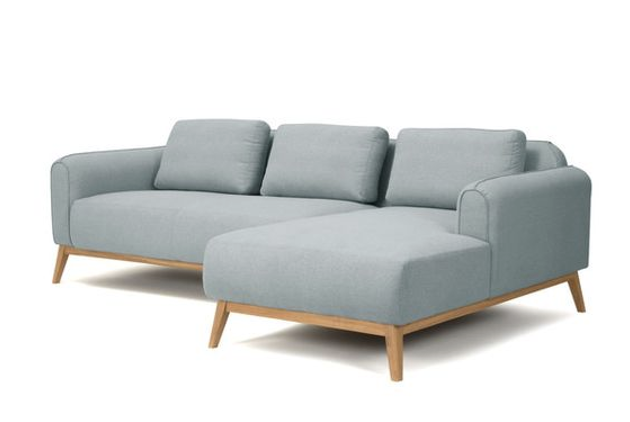As technology continues to dominate people’s lives, many spend more time sitting at desks or in front of computer screens. This sedentary lifestyle has increased health problems such as back pain, neck pain, and carpal tunnel syndrome. One solution to these issues is using ergonomic office furniture in the workplace. This article will discuss why ergonomic furniture matters in the workplace.

Reduces the Risk of Injury
Using ergonomic furniture in the workplace can significantly reduce the risk of injury. Traditional office furniture, such as chairs and desks, can cause discomfort and damage if used for extended periods. Ergonomic chairs are designed to provide support and promote good posture, reducing the risk of developing musculoskeletal disorders.
Increases Productivity
It can increase productivity in the workplace. Employees who are comfortable and free from discomfort are more likely to focus on their work and be productive. In contrast, employees who experience discomfort and pain are less effective and more likely to take time off work.
Improves Posture
Sitting for prolonged periods can result in poor posture, leading to neck pain, back pain, and headaches. Ergonomic furniture promotes good posture, ensuring the spine remains neutral and reducing the risk of developing posture-related injuries. In addition to promoting good posture, it can improve blood circulation and reduce fatigue, resulting in a more comfortable and productive working experience for employees.
Reduces Pain and Discomfort
It can reduce pain and discomfort in the workplace. Ergonomic chairs, for example, are designed to support the lower back, reducing the risk of developing back pain. Similarly, keyboards and mice are designed to reduce strain on the wrists and fingers, reducing the risk of developing carpal tunnel syndrome.
Enhances Well-being
It can enhance the well-being of employees. Employees who experience pain and discomfort are more likely to suffer from stress and anxiety, which can hurt their mental health. It can reduce the risk of developing these issues, promoting a positive working environment. A positive working environment not only benefits the mental health of employees but it can also lead to increased job satisfaction, motivation, and a sense of purpose in their work.
Saves Money
Investing in the right furniture can save money in the long run. Employees who experience discomfort and pain are more likely to take time off work or require medical attention. The cost of absenteeism and medical treatment can be significant. Employers can reduce the risk of these costs by investing in comfortable chairs, promoting a healthier and more productive workforce.
Improves Retention Rates
Employees who are comfortable and free from pain are more likely to stay with a company. It improves retention rates and reduces the cost of employee turnover. Investing in comfortable furniture can demonstrate a commitment to the well-being of employees, improving morale and job satisfaction. Comfortable furniture can also create a positive work culture that values employee well-being and fosters a sense of loyalty and commitment among the workforce.
Promotes a Positive Image
Companies that prioritise the well-being of their employees are more likely to attract top talent and retain current employees. It can improve the company’s reputation, increasing business opportunities and growth. Moreover, investing in ergonomic furniture benefits employees, demonstrates corporate social responsibility, and can attract socially conscious clients and investors to the company.
Conclusion
Using ergonomic furniture in the workplace is essential for promoting good health, productivity, and well-being. It is an investment in the health and well-being of employees, and the benefits are clear. Companies prioritising their employees’ well-being are more likely to succeed in the long run.


